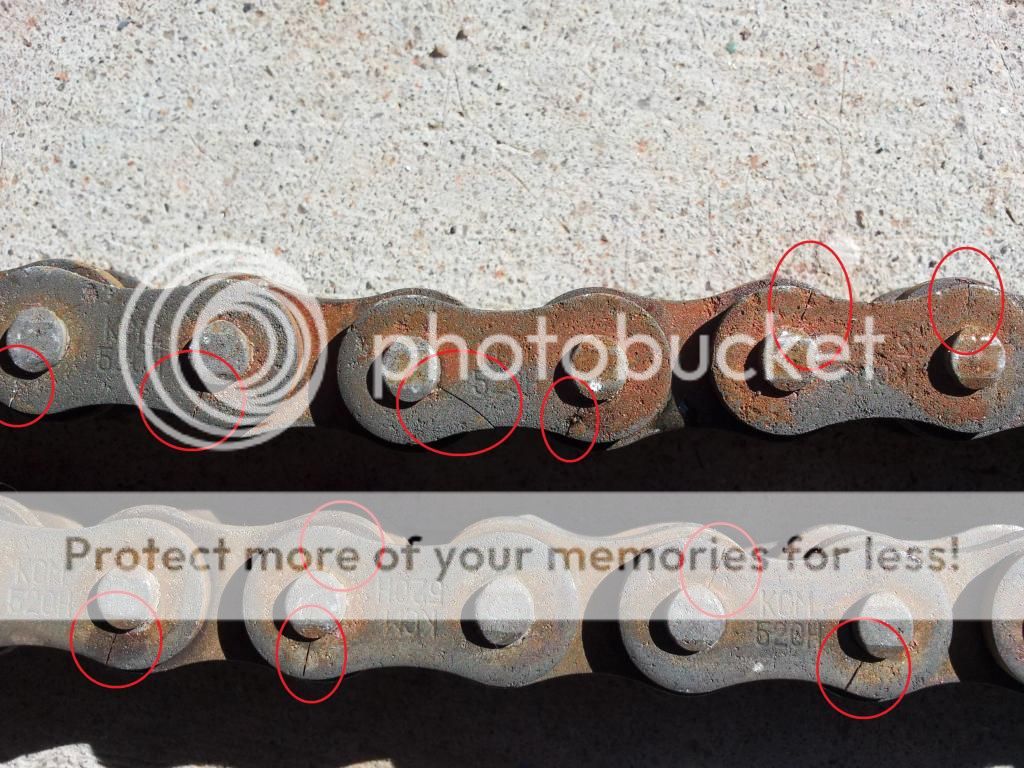this is why you gotta keep yer rod dry

Hydrogen embrittlement is the process by which various metals, most importantly high-strength steel, become brittle and fracture following exposure to hydrogen. Hydrogen embrittlement is often the result of unintentional introduction of hydrogen into susceptible metals during forming or finishing operations and increases cracking in the material. This phenomenon was first described in 1875.[1]
Hydrogen embrittlement is also used to describe the formation of zirconium hydride and delayed hydride cracking. Use of the term in this context is common in the nuclear industry.
The mechanism starts with lone hydrogen atoms diffusing through the metal. At high[clarification needed] temperatures, the elevated solubility of hydrogen allows hydrogen to diffuse into the metal (or the hydrogen can diffuse in at a low temperature, assisted by a concentration gradient). When these hydrogen atoms re-combine in minuscule voids of the metal matrix to form hydrogen molecules, they create pressure from inside the cavity where they are located. This pressure can increase to levels where the metal has reduced ductility and tensile strength, up to the point where it cracks open (hydrogen induced cracking, or HIC). High-strength and low-alloy steels, nickel and titanium alloys are most susceptible. Austempered iron is also susceptible.[citation needed] Steel with an ultimate tensile strength of less than 1000 MPa (~145,000 psi) or hardness of less than 30 HRC are not generally considered susceptible to hydrogen embrittlement. Jewett et al.[2] reports the results of tensile tests carried out on several structural metals under high-pressure molecular hydrogen environment. These tests have shown that austenitic stainless steels, aluminum (including alloys), copper (including alloys, e.g. beryllium copper) are not susceptible to hydrogen embrittlement along with few other metals.[3] For example of a severe embrittlement measured by Jewett, the elongation at failure of 17-4PH precipitation hardened stainless steel was measured to drop from 17% to only 1.7% when smooth specimens were exposed to high-pressure hydrogen.
Hydrogen embrittlement can occur during various manufacturing operations or operational use - anywhere that the metal comes into contact with atomic or molecular hydrogen. Processes that can lead to this include cathodic protection, phosphating, pickling, and electroplating. A special case is arc welding, in which the hydrogen is released from moisture, such as in the coating of welding electrodes. To minimize this, special low-hydrogen electrodes are used for welding high-strength steels. Other mechanisms of introduction of hydrogen into metal are galvanic corrosion, chemical reactions of metal with acids, or with other chemicals (notably hydrogen sulfide in sulfide stress cracking, or SSC, a process of importance for the oil and gas industries).[4]
Counteractions[edit]






